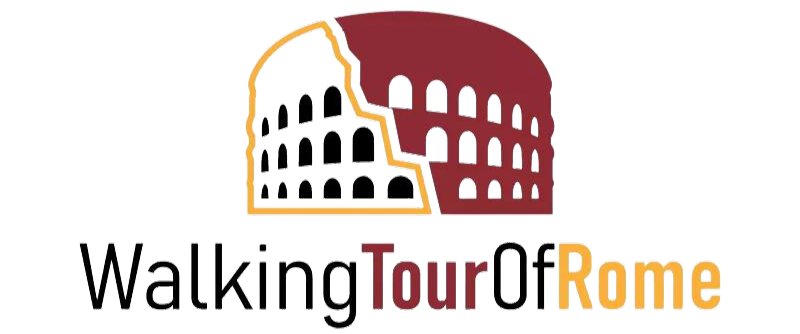The Colosseum in Popular Culture: From Movies to Museums
Introduction:
The Colosseum, an iconic symbol of ancient Rome, has captivated the imagination of people worldwide for centuries. Its grandeur and historical significance have made it a popular subject in various forms of media, including movies, art, literature, and even fashion. In this blog post, we will explore how the Colosseum has left an indelible mark on popular culture and continues to inspire and fascinate people today.
The Colosseum on the Silver Screen
The Colosseum has been featured prominently in numerous movies, transporting audiences to the glory days of ancient Rome. Its majestic architecture and historical significance have made it a captivating setting for epic stories of heroism, drama, and spectacle.
Gladiator
Reigniting Interest in the Colosseum Released in 2000, Ridley Scott’s “Gladiator” brought the Colosseum back into the spotlight and reignited interest in this ancient wonder. Starring Russell Crowe, the film tells the tale of a former Roman general turned gladiator seeking revenge against the corrupt emperor. The Colosseum serves as a central backdrop for the intense battles and dramatic sequences, showcasing its grandeur and brutality. “Gladiator” not only entertained audiences but also sparked a renewed fascination with the Colosseum, leading to increased tourism and interest in ancient Roman history.
Other Memorable Depictions of the Colosseum in Film Beyond “Gladiator,” the Colosseum has made appearances in several other notable films. In “Roman Holiday” (1953), Audrey Hepburn and Gregory Peck share a romantic moment in front of the Colosseum, forever etching it into the hearts of moviegoers. In “Jumper” (2008), the Colosseum becomes a playground for teleporting characters, showcasing its versatility as a cinematic backdrop. These films, among others, have contributed to the Colosseum’s enduring presence in popular culture and its ability to transport audiences to ancient Rome.
The Colosseum’s Influence on Art, Literature, and Fashion
The Colosseum’s impact goes beyond the silver screen; it has also influenced various artistic mediums, including literature, art, and fashion. Its architectural grandeur and historical significance have inspired countless creators to capture its essence in their works.
Art
Throughout history, the Colosseum has been a muse for painters, sculptors, and photographers. Artists such as Giovanni Paolo Panini and Thomas Cole have immortalized its grandeur on canvas, capturing its architectural details and the energy that once filled its walls. The Colosseum’s timeless beauty continues to inspire contemporary artists who seek to evoke its majesty through their creations.
Literature
The Colosseum’s rich history and cultural significance have also inspired numerous works of literature. From novels to poetry, authors have incorporated the Colosseum into their stories, using it as a symbol of power, decadence, and human resilience. Writers like Henry James, Nathaniel Hawthorne, and Alberto Angela have skillfully woven the Colosseum into their narratives, bringing ancient Rome to life through vivid descriptions and historical context.
Fashion
The Colosseum’s iconic architecture has transcended its historical significance and made its way into the realm of fashion. Designers have drawn inspiration from its arches, columns, and symmetry, incorporating elements reminiscent of the Colosseum into their collections. Runway shows and fashion editorials have featured garments and accessories that pay homage to the monument, allowing people to wear a piece of ancient Rome with pride.
Conclusion
The Colosseum’s enduring presence in popular culture is a testament to its timeless appeal and historical importance. From its prominent role on the silver screen to its influence on art, literature, and fashion, the Colosseum continues to captivate and inspire people around the world. Its grandeur and historical significance make it an essential destination for those seeking to immerse themselves in the rich tapestry of ancient Rome. Whether experienced through movies, art, literature, or fashion, the Colosseum’s influence will undoubtedly continue to resonate for generations to come.

